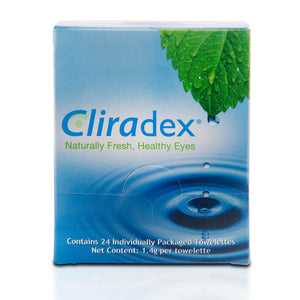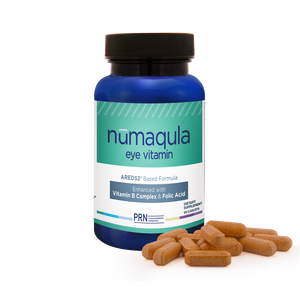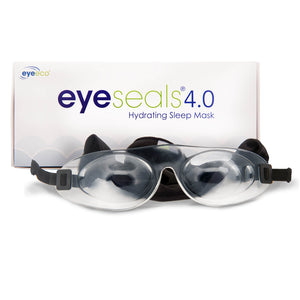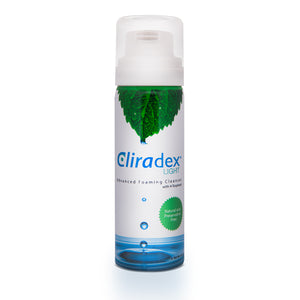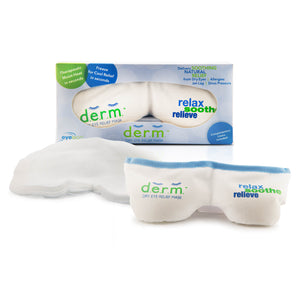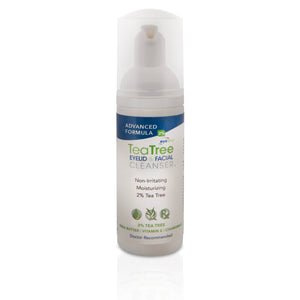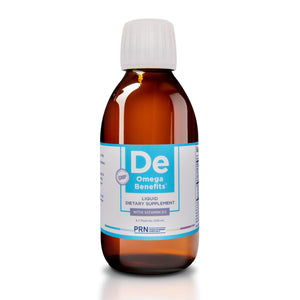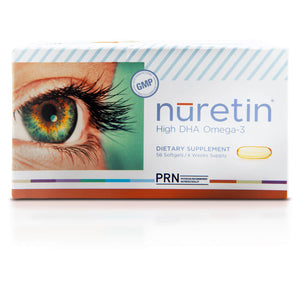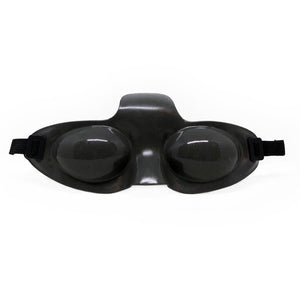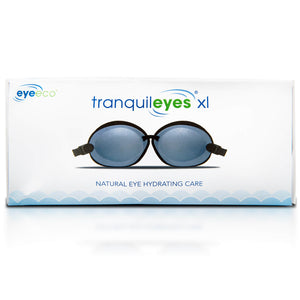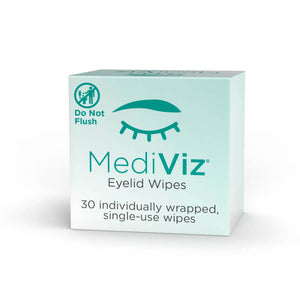Case Studies & Articles
A Clinical Evaluation Pilot Study Evaluating Signs and Symptoms of Dry Eye Disease Following Tranquilvibes Moist-Heat Vibration Therapy
As highlighted in the TFOS DEWS II® Definition and Classification Report, “Over the past three decades, global awareness of dry eye disease (DED) has risen considerably. Thanks to the collaborative efforts of various organizations, significant progress has been made in understanding its basis and impact, enhancing clinical care for affected individuals.”
Corneal Manifestations of Ocular Demodex Infestation
THE DEMODEX (CLASS ARACHNID AND ORDER ACARina) is a microscopic, obligate, elongated mite that is the most common permanent ectoparasite of humans. Among a wide range of reported species, only Demodex folliculorum and Demodex brevis are found on the human body surface and often coexist and tend to gather in the face, cheeks, forehead, nose, and external ear tract, where active sebum excretion provides a favorable habitat for breeding.
In vitro demodicidal activity of commercial lid hygiene products
Demodex is an obligatory parasite of the skin surface, which in large populations can cause a pathological response. In humans, only two species are known to inhabit the skin of the face and eyelids: Demodex folliculorum and Demodex brevis. Of these, D. folliculorum is more prevalent on the eyelids and eyelashes, while D. brevis resides deeper in the pilosebaceous and meibomian glands.
The International Workshop on Meibomian Gland Dysfunction: Report of the Subcommittee on Anatomy, Physiology, and Pathophysiology of the Meibomian Gland
The tarsal glands of Meibom (glandulae tarsales) are large sebaceous glands located in the eyelids and, unlike those of the skin, are unassociated with hairs. According to Duke- Elder and Wyler, they were first mentioned by Galenus in 200 AD and later, in 1666, they were described in more detail by the German physician and anatomist Heinrich Meibom, after whom they are named.
Short-Term Comfort Responses Associated With the Use of Eyelid Cleansing Products to Manage Demodex folliculorum
Demodex folliculorum and Demodex brevis are two mites that belong to the arthropod family and inhabit the pilosebaceous follicles on the human face, neck, and chest. The presence of Demodex in the eyelash follicles is linked to blepharitis, the development of chalazia, and may also contribute to the development of acne rosacea.
Papers & Publications
Effects of Terpinen-4-ol on meibomian gland epithelial cells in vitro
Demodex mites are commonly found in human skin, including the eyelid margins. Only two subspecies of Demodex have been found to infest human: the larger Demodex folliculorum which congregates in the hair follicle and the smaller Dermodex brevis which resides in the sebaceous gland.
Increase in Tear Film Lipid Layer Thickness Following Treatment with Warm Compresses in Patients with Meibomian Gland Dysfunction
Warm-compress therapy applied to the skin of the closed eyelids has been recommended as a treatment for meibomian gland dysfunction (MGD). Previous studies have evaluated the effects of warm-compress therapy on tear-film fluorescein break-up time and tear evaporation rate.
Inner Eyelid Surface Temperature as a Function of Warm Compress Methodology
Warm compresses have a long history and are currently most frequently prescribed for patients with varying presentations of mild to severe meibomian gland (MG) dysfunction and MG obstruction and subsequent symptoms of dry eye.
Emerging strategies for the diagnosis and treatment of meibomian gland dysfunction: Proceedings of the OCEAN group meeting
Meibomian gland dysfunction (MGD) is a leading cause of evaporative dry eye disease (DED) and is one of the most common diseases encountered in the ophthalmology clinic. The impact of MGD on patients can be severe, with a negative effect on their quality of life that may lead to a loss of productivity.
Sales Brochures
Eye Eco Product Line Brochure
Experience soothing moist heat for eyes that feel dry, tired, and irritated. Our patented compresses utilize reusable instant heat technology and retains temperature for 15+ minutes to create effective, natural moist heat for advanced comfort. They can also be used as refreshing cold compresses.



